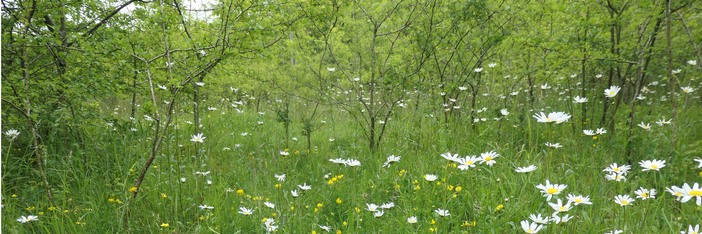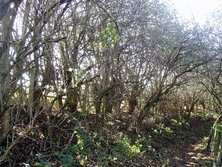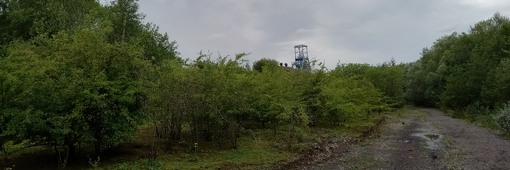

Biodiversity
Action
Plan
Scrub habitat. Scattered hawthorn bushes, a patch of bramble, a dense thicket of naturally regenerating shrubs and trees along a former railway track…, scrub is important for a range of wildlife. It provides shelter, nesting and roosting sites, as well as places to forage and feed. Some species depend on it, including locally the Willow Tit.
However, if left unmanaged, it can rapidly take over sites with species-rich grassland, heath and reedbed, to their detriment.
Scrub consists of low growing or multi-stemmed woody species, under 5m tall. It can be dense and impenetrable or can consist of a mosaic of low woody cover interspersed in herbaceous cover. Trees may be present but are widely spaced.
Scrub is often found at the edges of mature woodland, or in more open spaces within them, but more extensive stands are usually found on neglected land - bare ground, pasture or meadow. Unmanaged hedgerows may form scrub as they thicken and spread.
Scrub often grows on brownfield land and unmanaged open space, and along watercourses, railway tracks and road verges. In Barnsley, former colliery sites and railway tracks criss-crossing the area, provide a network of scrub habitat, important for a range of species, not least the endangered Willow Tit.
It’s an ephemeral habitat that can encroach on priority habitats to their detriment. Scrub forms a stage in the process of succession (natural change) from open ground (often grassland, wetland or previously developed ground) to fully developed woodland.
Scrub is an important habitat for a number of breeding and wintering bird species; it is used for roosting and nesting and as a source of invertebrates or berries as food. (See link below) Badger setts and fox earths are often protected by dense scrub and Otter uses dense scrub near water courses to rest up or have their holt. Bat species frequent scrub hunting for insects above it.
For more information on Scrub use the links below and for Wet Woodland.
Local priority habitat
Scrub has been included in this biodiversity plan as a local priority habitat because of its importance locally for wildlife.
It falls within the UK BAP broad habitat category: Broadleaved, Mixed and Yew Woodland.
Although not a UK BAP priority habitat itself, scrub may be a part of other priority habitats.
Scrub consists of low growing or multi-stemmed woody species, generally under 5m tall
Dwarf shrub heaths, planted young tree crops and coppice stump regrowth are not included.
Its importance was recognised in The Nature Conservation Value of Scrub in Britain, JNCC, 2000.
Integrating the needs of priority species into habitat management (2010), Natural England (2010) refers frequently to scrub being required for different species.
There are five main National Vegetation Classification (NVC) categories for scrub in Barnsley
W24 Bramble underscrub
W21 Hawthorn scrub
W22 Blackthorn scrub
W23 Gorse scrub
W25 Bracken underscrub
In addition willow carr NVC categories are scrub.
Phase 1 habitat surveys class this habitat as A2 Scub.
UKHab has h3 for dense scrub, h3a to h3h for main species.



Scrub